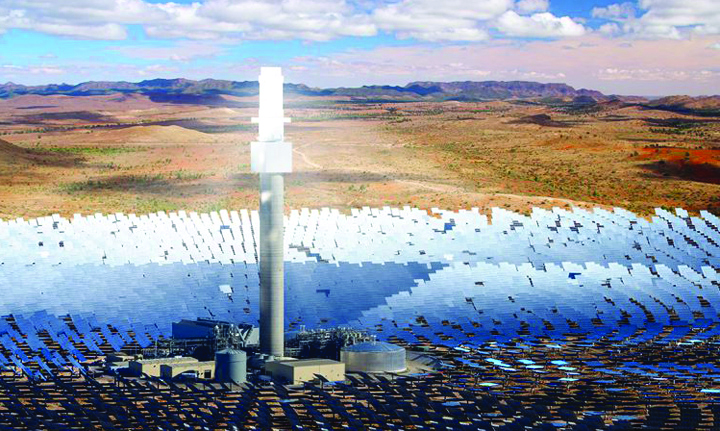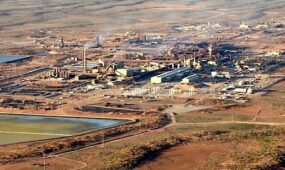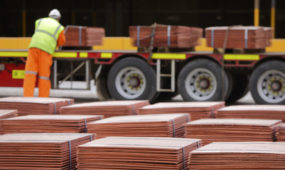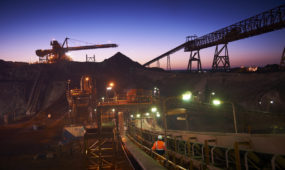Solar thermal plant to be built in South Australia
Mining & Resources
A 150MW solar thermal power plant will be built in South Australia by global company SolarReserve.

Sign up to receive notifications about new stories in this category.
Thank you for subscribing to story notifications.

The Aurora Solar Energy Project located in Port Augusta, about 300km north of the South Australian capital Adelaide, will incorporate eight hours of storage or 1100 megawatts-hours, allowing it to operate like a conventional coal or gas power station.
The AU$650 million plant – the biggest of its kind in the world – will have a capacity of about 135MW under normal operating conditions with the ability to increase that output in favourable conditions.
It will be situated about 150km northwest of Jamestown, where Elon Musk will install the world’s largest Lithium-ion battery at Hornsdale Wind Farm
Aurora will deliver 495 gigawatt-hours of power annually – providing fully dispatchable baseload electricity to the network.
The plant will go ahead after SolarReserve was awarded a contract with the South Australian Government
In September 2016 the State Government launched a tender process to procure 75 per cent of its long-term power supply in order to attract a new competitor into the electricity market, increasing competition and putting downward pressure on power prices.
The offer from SolarReserve was the lowest-cost option of the shortlisted bids with the Government paying no more than $78/MWh.
SolarReserve CEO Kevin Smith said energy storage technology was an excellent fit for the South Australian electricity system and would create jobs and stimulate long-term economic development.
“Aurora will provide much needed capacity and firm energy delivery into the South Australian market to reduce price volatility,” he said.
SolarReserve will establish an Australian headquarters in Adelaide by the end of the year with construction of the Aurora plant on a vast pastoral station about 30km north of Port Augusta.
The project will use thousands of mirrors (heliostats) to reflect and concentrate sunlight onto a central receiver on top of a tower. The process heats molten salt, pumped to the top of the tower and flowing through the receiver, to 565 degrees Celsius.
The molten salt provides a stored heat source that is used to generate steam to drive a single turbine that generates electricity. The facility can generate power at full load for up to eight hours after sunset.
The project is a big win for the Port Augusta community, which is still recovering from the closure of a major coal-fired power station in the town last year.
South Australian Premier Jay Weatherill said the Port Augusta story was a stark example of the transition of the South Australian economy.
“The Aurora Solar Energy Project will enhance South Australia’s reputation as a leader in clean, cheap renewable energy,” he said.
“This is a terrific result for the people of Port Augusta who have campaigned hard to deliver this outcome for their community.”
Australian Solar Council and Energy Storage Council Chief Executive John Grimes said the project was a huge win for South Australia, which has faced a difficult 12-months of power outages and electricity price increases.
“Solar thermal in Port Augusta means jobs for regional South Australia. It means zero emissions baseload power,” he said.
It will be the second solar thermal plant in the Port Augusta region. Sundrop Farms opened a greenhouse facility in October powered by thermal solar energy to grow more than 15,000 tonnes of tomatoes a year.
South Australia leads the nation in the uptake of wind energy and rooftop solar with renewable sources accounting for more than 40 per cent of the electricity generated in the state. However, the closure of two coal-fired power stations in recent years has increased South Australia’s reliance on energy supplies from the eastern Australian states, particularly in times of peak demand.
Jump to next article



